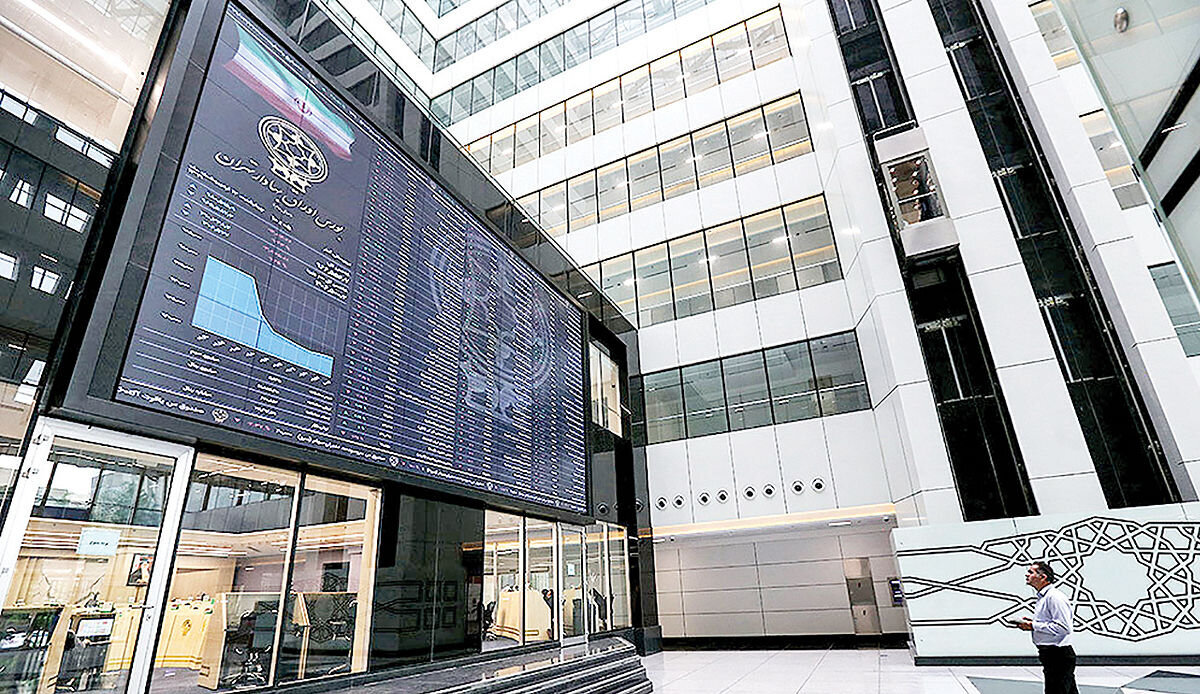Capital market enters a phase of stabilizing equilibrium: SEO head

TEHRAN- The head of Iran’s Securities and Exchange Organization (SEO) said that the capital market has entered a phase of stabilizing equilibrium.
“We were able to manage the market after the imposed 12-day war, Hojatollah Seyedi noted, adding: "Now the stage of balancing the capital market has ended and we have entered the stage of stabilizing the balance."
“When the imposed war began, we were surprised at the stock market, but we didn’t say what to do now, and we finalized our plan at the same day when the first attacks occurred”, the official highlighted.
He recalled that in certain circumstances, the most important concern of stock exchanges in the world is to preserve shareholder assets, and stated: "During the days of war, shareholders were concerned about preserving their capital, and for this reason, stock trading was suspended; the next stage was liquidity because companies wanted to pay their employees.”
The SEO head further emphasized that there is no place for the market to be 100 percent green, and that a market with 50 percent green and red is balanced, adding: "In the post-war situation, publishers helped, the Central Bank intervened, and investment funds contributed greatly to the market balance. Now, the fourth stage, which is stabilization, is underway, and we will soon enter the fifth stage of the market, which is the boom stage."
On July 7, the TSE head said that Iran’s Securities and Exchange Organization is rolling out a revamped stabilization package aimed at improving liquidity and investor confidence following recent market volatility.
Mahamoud Goudarzi said a series of coordination meetings between regulators, stakeholders, and capital market institutions have paved the way for a gradual market recovery. The updated plan includes continued direct support for listed stocks, enhanced fund and portfolio management, the use of derivatives such as put options and futures, and regulatory reforms.
“This package is part of our efforts to shift the market from volatility toward a phase of equilibrium and ultimately growth,” Goudarzi told IRNA, adding that in recent sessions, the market showed signs of stabilization after a turbulent 12-day period marked by geopolitical tensions.
Goudarzi explained that the market’s priorities have evolved from asset protection during the crisis to enhancing liquidity last week, and now to reinforcing price stability.
“Over the past four days, consistent engagement among regulators, market operators, and experts has laid the groundwork for restoring balance and improving tradability,” he said. “If this trend continues, the market will soon be positioned to enter a phase of sustainable recovery.”
Meanwhile, Hamid Mirmoayeni, a capital markets analyst, said that while government agencies and large listed firms have fulfilled their support roles effectively, long-term investor sentiment hinges on broader political developments.
“The flow of capital back into the stock market depends less on technical factors and more on easing political tensions,” he told the Securities and Exchange News Agency (SENA). “Recent interventions by the Central Bank, the Securities and Exchange Organization, and major state-owned companies have stabilized concerns around liquidity, particularly for large-cap stocks.”
Mirmoayeni said there is no need for a new round of measures at this stage, as the existing support framework has been well received by investors. “The authorities have done what’s needed. Now, with reduced geopolitical uncertainty, we could see a revival in investment flows,” he added.
Market observers noted a more optimistic tone in recent trading sessions, reflecting renewed institutional confidence. The TSE’s stabilization strategy, combined with derivatives tools and liquidity support, is expected to boost risk management and cushion the market against future shocks.
Iran’s stock exchange had come under pressure amid regional unrest and sharp outflows, but authorities are now banking on policy continuity and improved transparency to chart a path toward recovery.
Previously, the deputy governor of the Central Bank of Iran (CBI) for monetary policy had said the banking network supports the capital market and shareholders through the stock market management, and the use of monetary and credit policy tools.
Regarding the Central Bank and banking network's program to support the capital market, Mohammad Shirijian said: "The Central Bank and the Stock Exchange Organization (SEO) have made important decisions to support the capital market during continuous meetings over the past two weeks at the expert and management levels, as well as joint meetings between the Governor of the Central Bank, the Minister of Economic and Financial Affairs, and the Head of the Stock Exchange Organization."
Regarding the banking system's methods of supporting the capital market, he said: "Part of this support is provided in the form of direct support for the capital market and in the form of market management of the shares of banks and banking network subsidiaries, especially banks under Article 44 of the Constitution."
Shirijian added: "Part of this support is also provided indirectly.”
MA
Leave a Comment